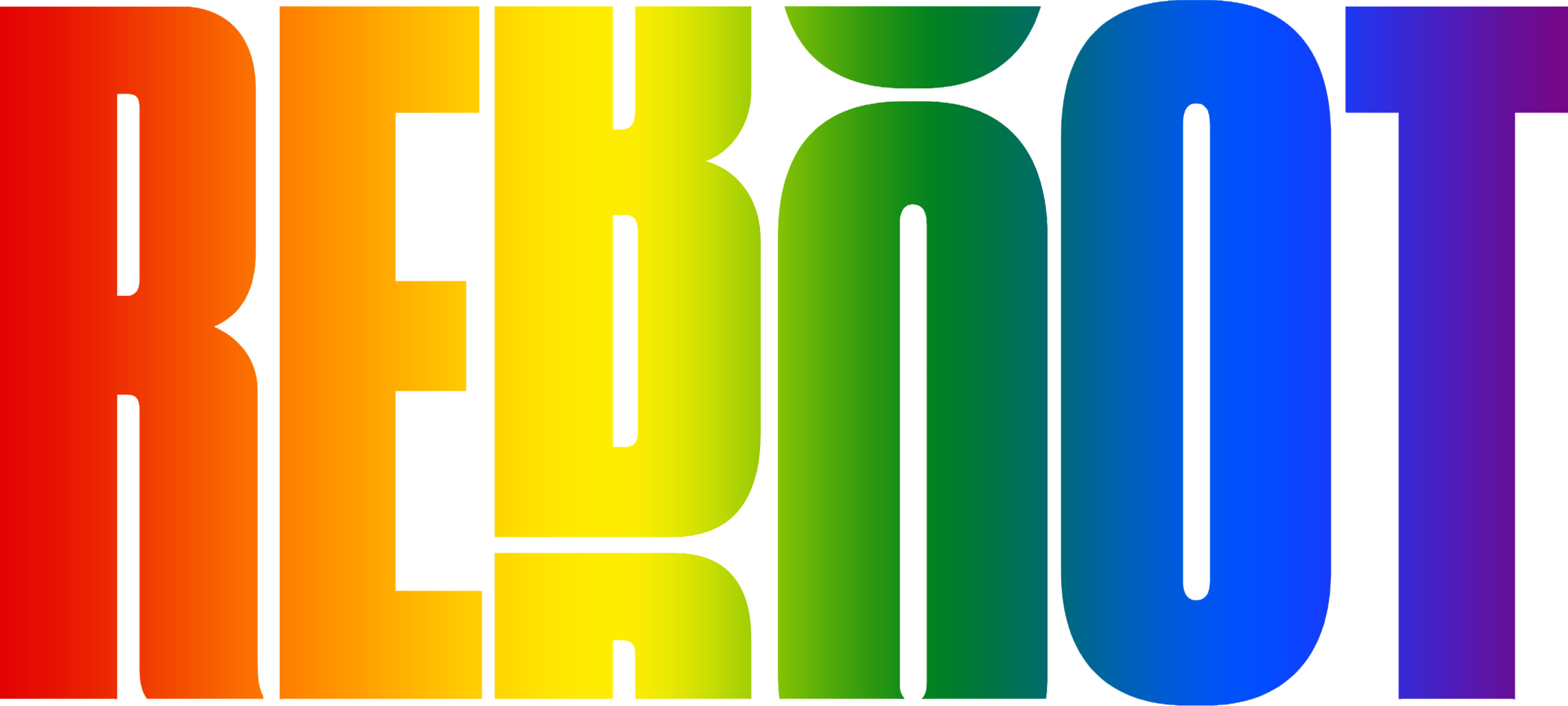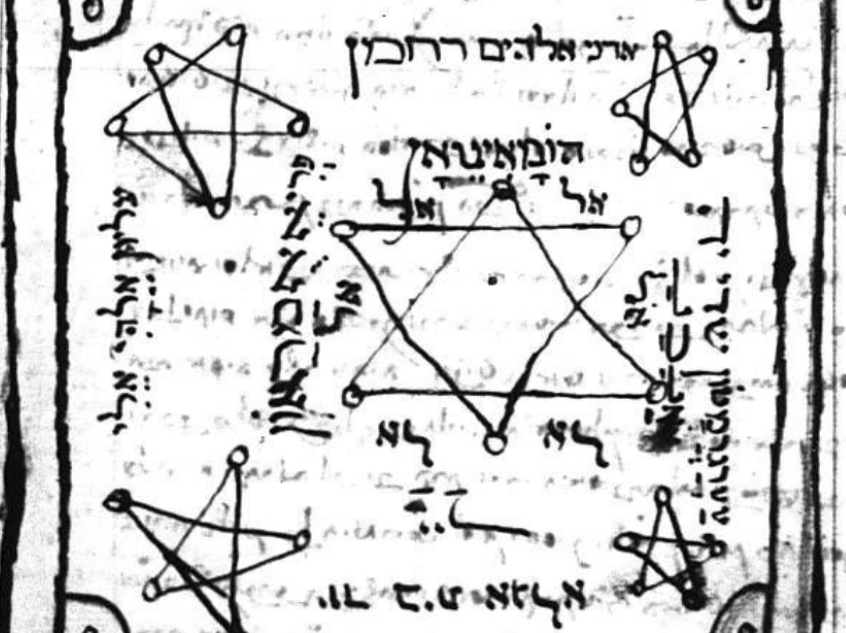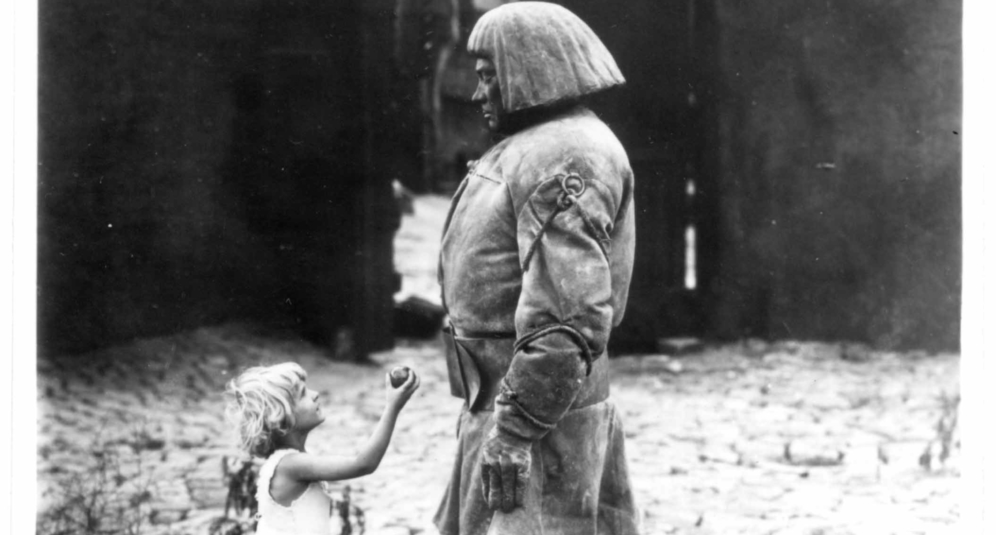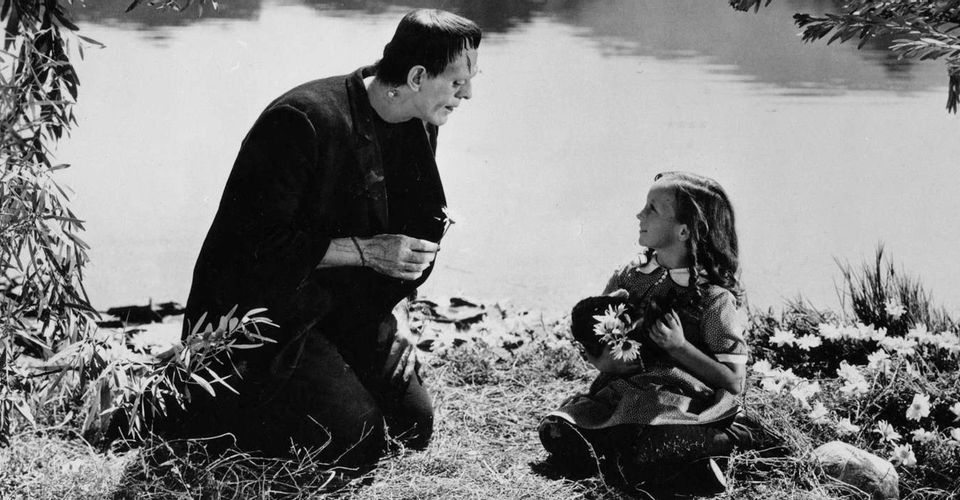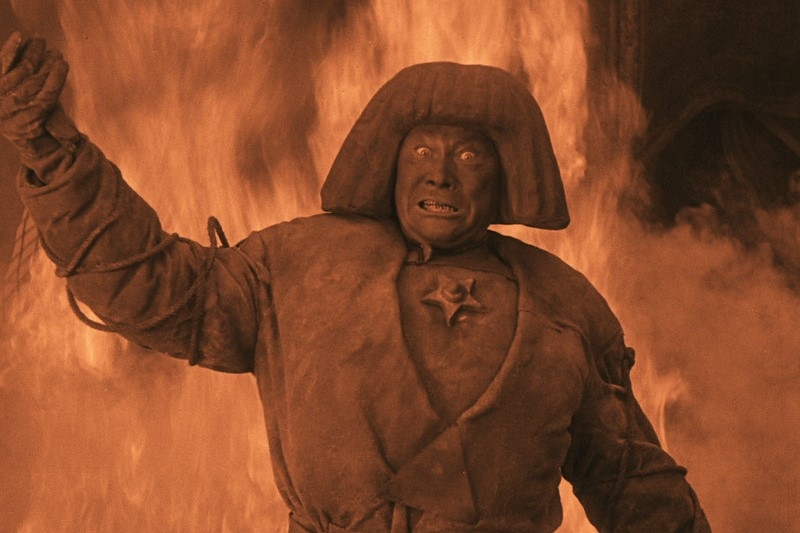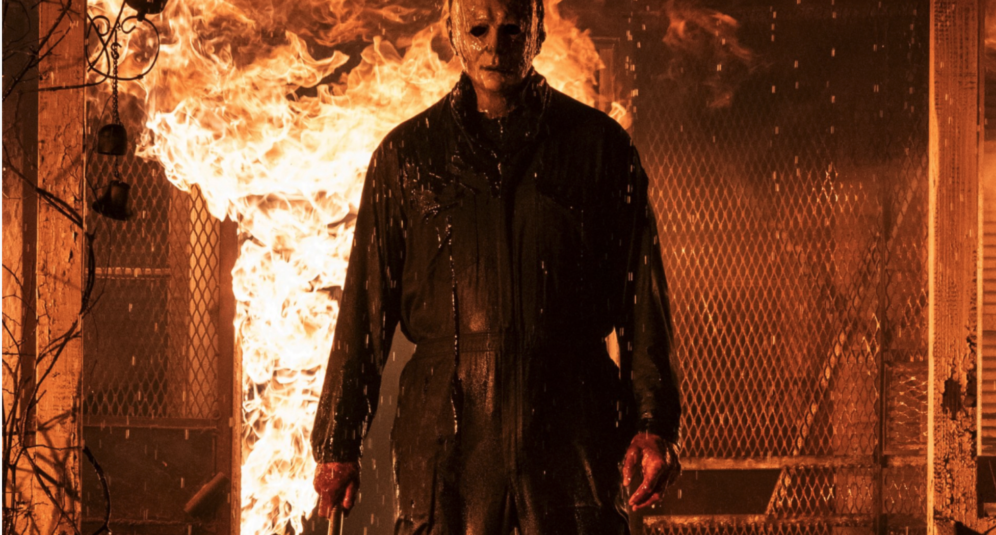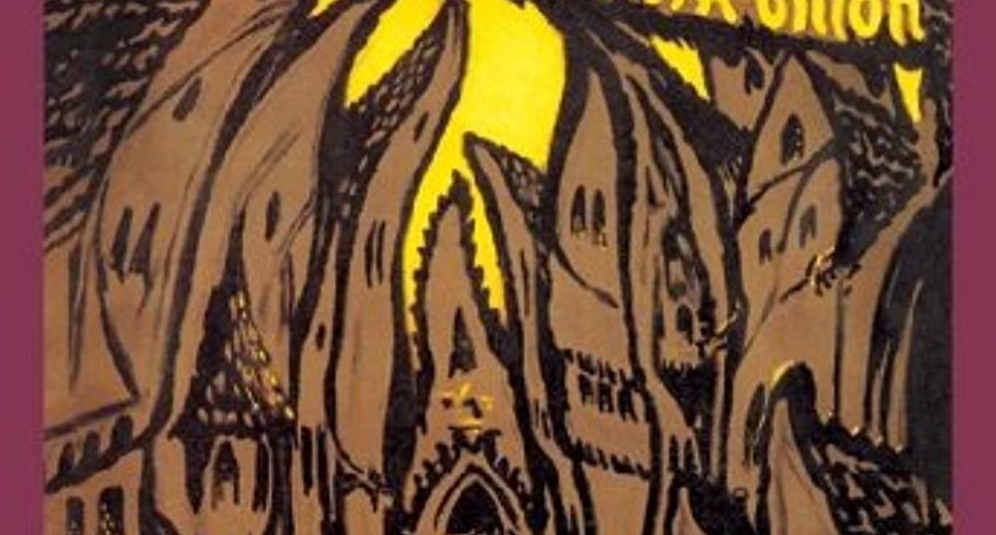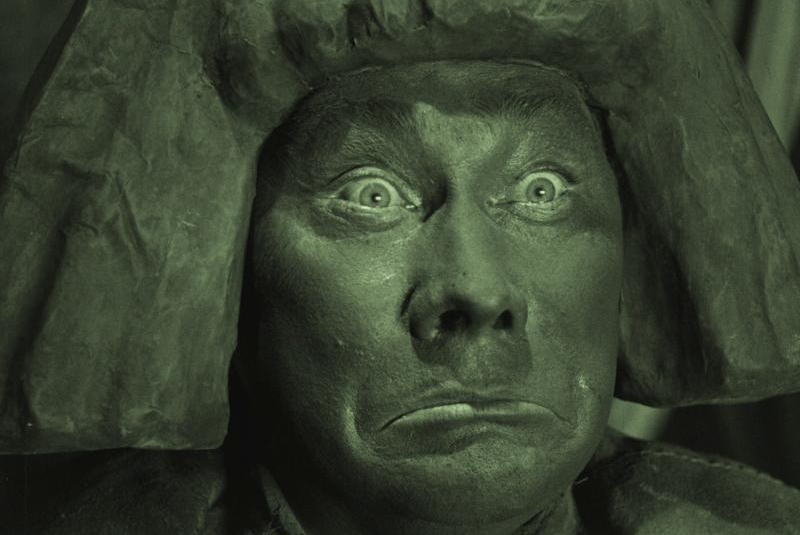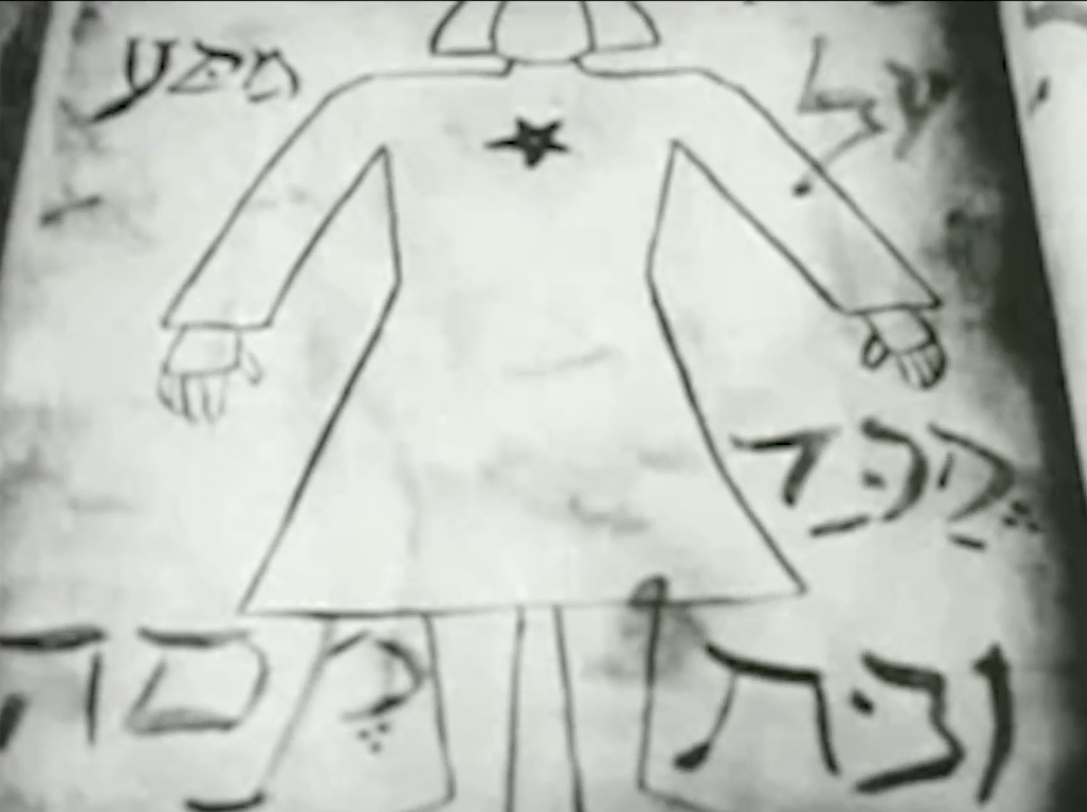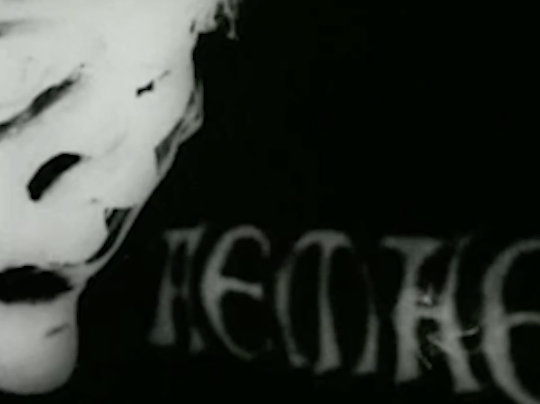The Golem
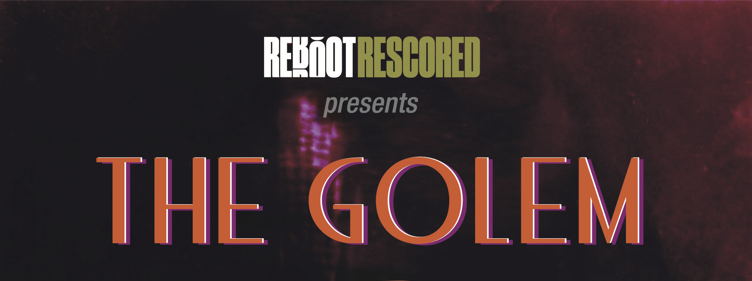
I’ve always loved monsters. They embody that which exists in the shadows of our imagination, at the intersection of power and terror. They are objects of morbid curiosity, central to the liminal space between light and darkness that exists in each one of us. I’m a mythologist, which means I study stories around the mysteries of human existence. When Noam Dromi invited me aboard as host for a project he was producing for Reboot about the Golem of Jewish folklore, it truly felt like a mystical moment, a rare opportunity to search for a monster that I had read about for years. I had explored the books that were available and devoured the Golem’s appearances in pop culture from comic books to VR. But the project that Reboot was creating would allow me to meet the monster, face to face, and look dead into his eyes.
The 100th anniversary of the commercial release of Wegener’s The Golem: How He Came Into the World was recently celebrated. Reboot has rescored this classic of silent cinema, adding a soundtrack created by some great musical talents. Artists such as Alan Licht, Gretchen Davidson, Rebecca Odes, John Olson, Nate Young, Sharon Gal, Scott Amendola, Steve Berlin, and Steven Drozd of the Flaming Lips have combined to contribute a new sonic imagining for the film. On October 28, Reboot will release Reboot Rescored Presents The Golem, the film with the new score inan 8-part series with commentary examining the themes and ideas found in the film.Watch to learn about why this creature of Jewish folklore, and this particular rendering of his story, has captivated and challenged audiences since his animated rise from clay at the hands of Rabbi Loew, so many years ago.
In our current world of superheroes and mega-monsters (think Godzilla and King Kong), it is easy to forget that the sources of monsters and mythological creatures are usually buried deep in the recesses of the human psyche. We imagine and dream of those that might harm us, those that might guide us, those that might protect us, and those that might save us. These beings are brought to life in our speculative fiction — on the pages of books, on the canvasses of painters, and in the darkness of movie theaters. The Golem is one such creature that has found his way from the Jewish imagination into virtually every medium that exists. While oral tales of his exploits have been shared for thousands of years, early mentions of his presence in the Talmud gave exponential rise to his renown. Geographically expanding with each century, tales of The Golem had become a common story motif in novels, spreading from Eastern Europe to Western Europe beginning in the nineteenth century, with tales of the Golem by Berthold Auerbach, Gustav Philippson, Franz Klutschak, Adam Tendlau, and Leopold Weisel all appearing within a few years of each other .
But, it was only when Paul Wegener brought the creature to life and projected him onto movie screens in 1921, with the theatrical release of his film The Golem: How He Came Into The World, that his image was given visual form and forever burned onto the screens of our minds. The story of “The Golem” haunted Wegener. His first attempt to craft a film exploring the creature was in 1915, then he tried again in 1917. However, it was after his return from World War I that he felt he finally understood the story that had held his interest for so many years. The version of Wegener’s film with a theatrical release in 1921 was his third pass and would be the creation that would live on in the imagination of generations, still resonating with audiences today.
Wegener’s version of the legend begins with a medieval mystic Rabbi named Judah Loew ben Bezalel looking to the stars and seeing misfortune coming to the Jews of Prague. In an effort to protect his people and avoid their expulsion, he creates a massive warrior out of clay, using the ancient magic of a secret word to bring him to life. However, the creature’s actions result in unanticipated tragedy. Like every great myth, the film causes us to consider the underlying nuances of the story’s meaning and perhaps even disagree about possible explanations. The visuals that Wegener crafted would be echoed most notably in Frankenstein (1931), which built on several of the concepts the director created, such as the image of the monster sharing an innocent moment with a little girl or the motif of the monster standing before the flames of destruction he has created, and continue to create ripples in every horror film that has been released since then.
Questions about the act of creation, the manipulation of life and death, and the will of unseen forces are just a few of the topics the film conjures to the surface. The story artistically avoids explicit messaging, leaving what we take from the narrative to our own personal interpretation and application. This layered approach has made “The Golem” a motif that artists have returned to again and again. From comic books to fine art, from YA novels to virtual reality, The Golem continues to wander through our imagined spaces, allowing us to peer into his dark eyes, offering new lenses for the world we live in and how we maneuver in it.
John Bucher is a mythologist and storyteller. He holds a PhD in mythology and depth psychology and has taught film and television courses around the world for more than 20 years. He has worked with companies ranging from HBO to DC Comics to A24 Films to The History Channel. John is the author of seven books and co-hosts the Skeleton Keys podcast with historian Torri Yates-Orr. He and Yates-Orr co-host the upcoming series Reboot Rescored Presents The Golem, available on October 28 at rebooting.com/golem
